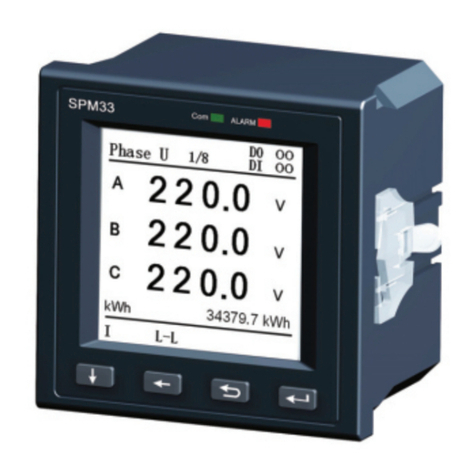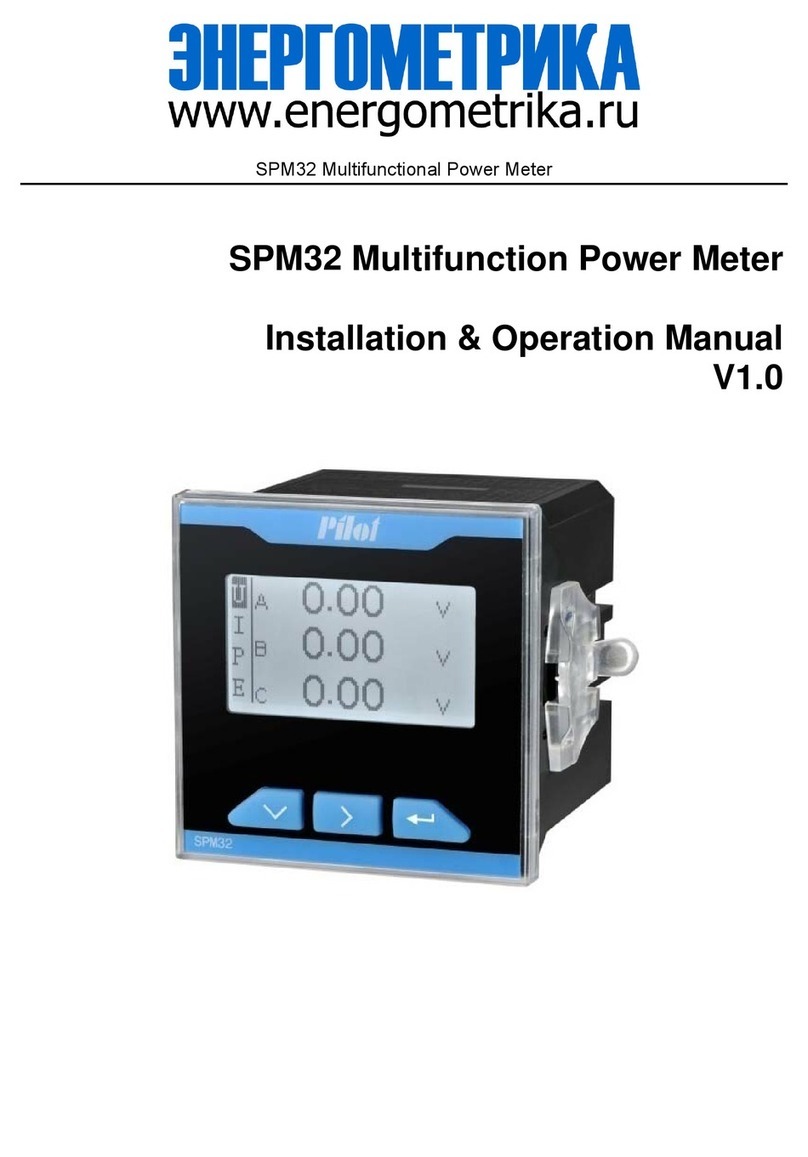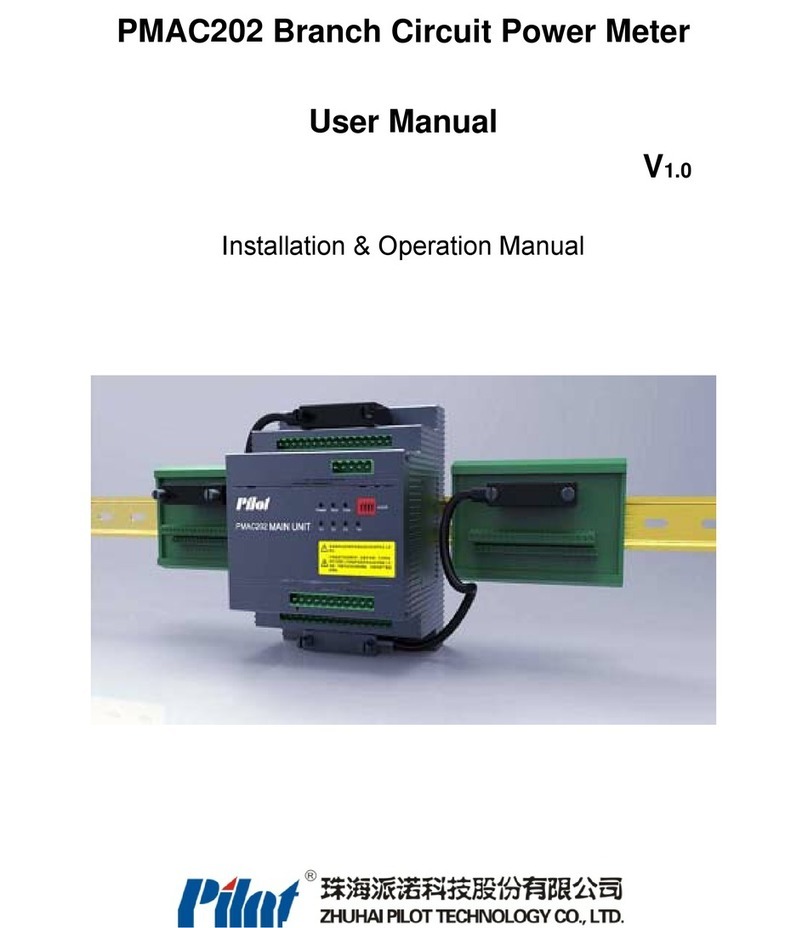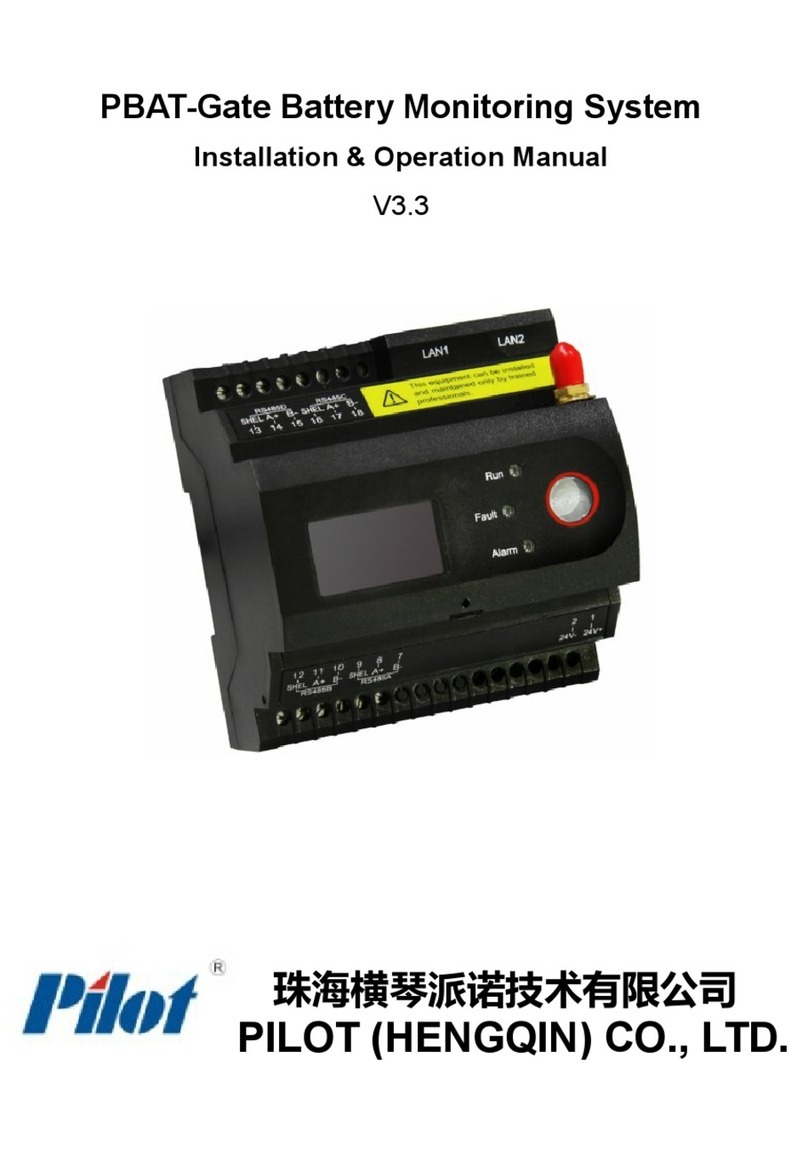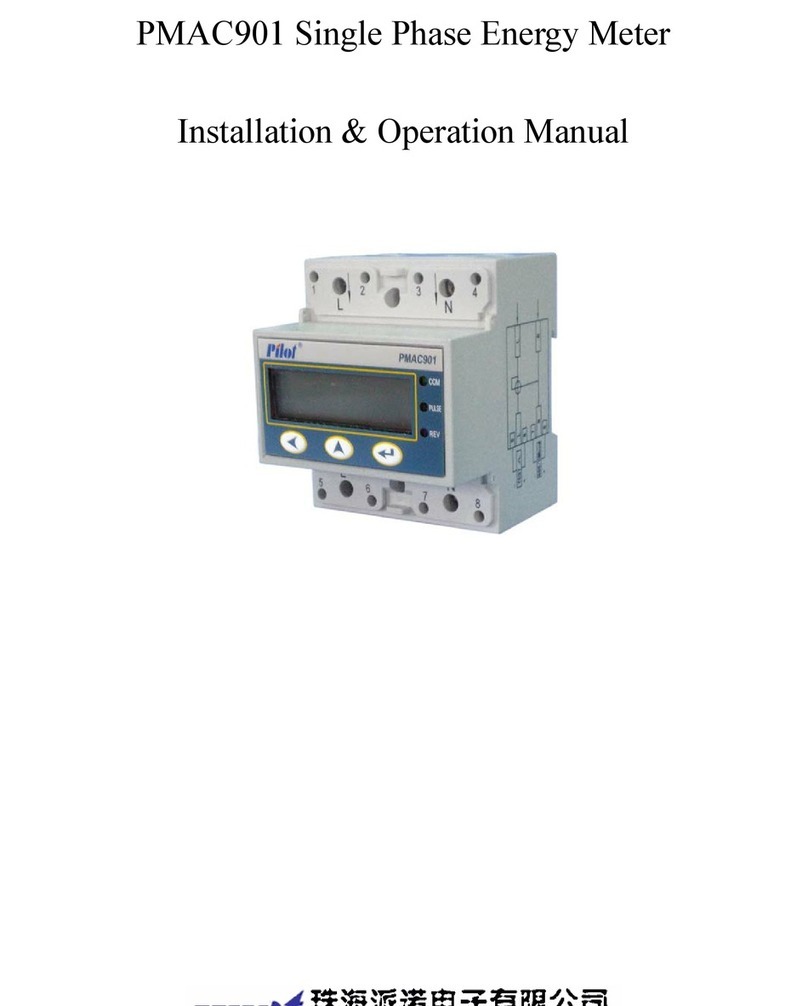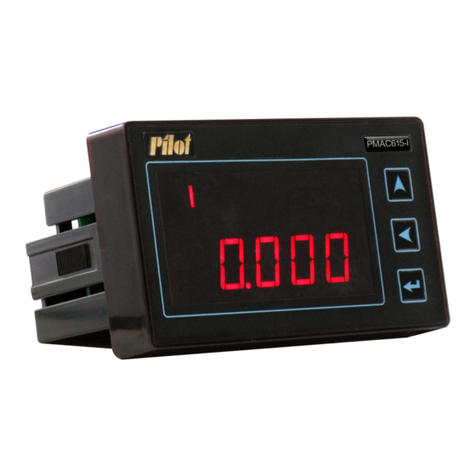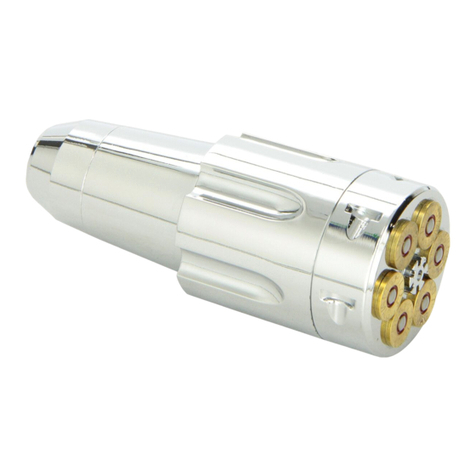
Contents
Chapter 1 Product Overview.......................................................................................... 5
Chapter 2 Product Selection...........................................................................................6
Chapter 3 Dimension......................................................................................................7
3.1 Main part dimensions...........................................................................................................7
3.2 CTC closed current transformer module dimensions..........................................................7
3.3 CTO current transformer dimensions.................................................................................. 8
3.4 Host installation dimensions................................................................................................8
3.5 Host with CTC module installation dimension drawing..................................................... 8
Chapter 4 Display and key operation instructions..........................................................9
4.1 Real-time measurement data display structure....................................................................9
4.2 All show figure...................................................................................................................10
4.3 Button instruction...............................................................................................................10
4.4 Setting parameter description.............................................................................................11
Chapter 5 Measurement performance.......................................................................... 13
5.1 Voltage................................................................................................................................13
5.2 Current................................................................................................................................13
5.3 Frequency...........................................................................................................................14
5.4 Demand parameters............................................................................................................14
5.4.1 Real-time demand........................................................................................................................ 14
5.4.2 Maximum daily demand.............................................................................................................. 15
5.4.3 Maximum monthly demand......................................................................................................... 15
5.5 Electric energy................................................................................................................... 15
5.6 History of electricity energy.............................................................................................. 15
5.7 Harmonic............................................................................................................................15
5.8 Unbalance...........................................................................................................................16
5.9 Fixed value alarm...............................................................................................................16
5.10 Phase sequence adjustment..............................................................................................18
5.10.1 Manual phase sequence adjustment........................................................................................... 18
5.10.2 Automatic phase sequence adjustment.......................................................................................18
Chapter 6 Input-output characteristics......................................................................... 18
6.1 Switch value input..............................................................................................................18
Chapter 7 Technical index............................................................................................ 19
Chapter 8 Maintenance & Troubleshooting................................................................. 21
Chapter 9 Appendix......................................................................................................22
9.1 Terminal diagram............................................................................................................... 22
9.2 Terminal definition table....................................................................................................22
9.3 Terminal specification table...............................................................................................23
9.4 Terminal wiring instructions.............................................................................................. 23
9.4.1 Communications wiring............................................................................................................... 23
9.4.2 Residual current connection.........................................................................................................24
9.4.3 Temperature wiring...................................................................................................................... 24
9.4.4 Switch-volume connection...........................................................................................................25
